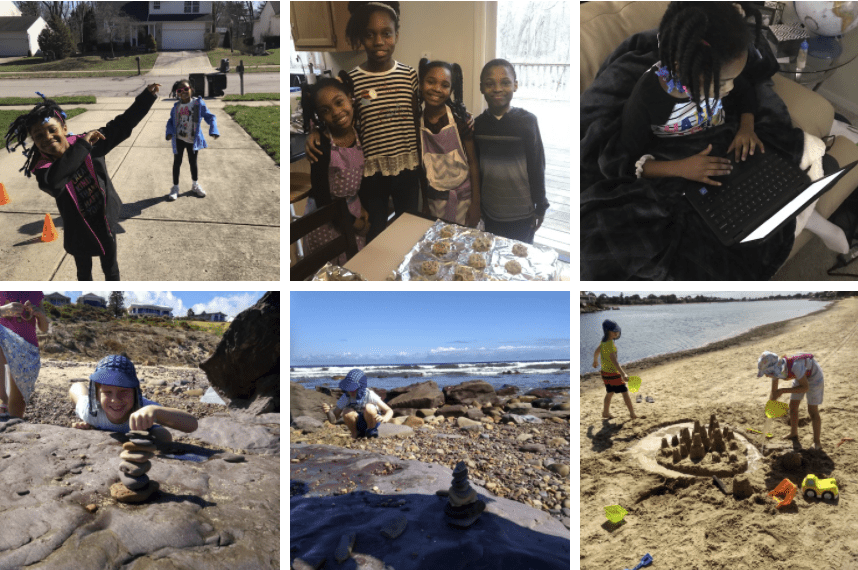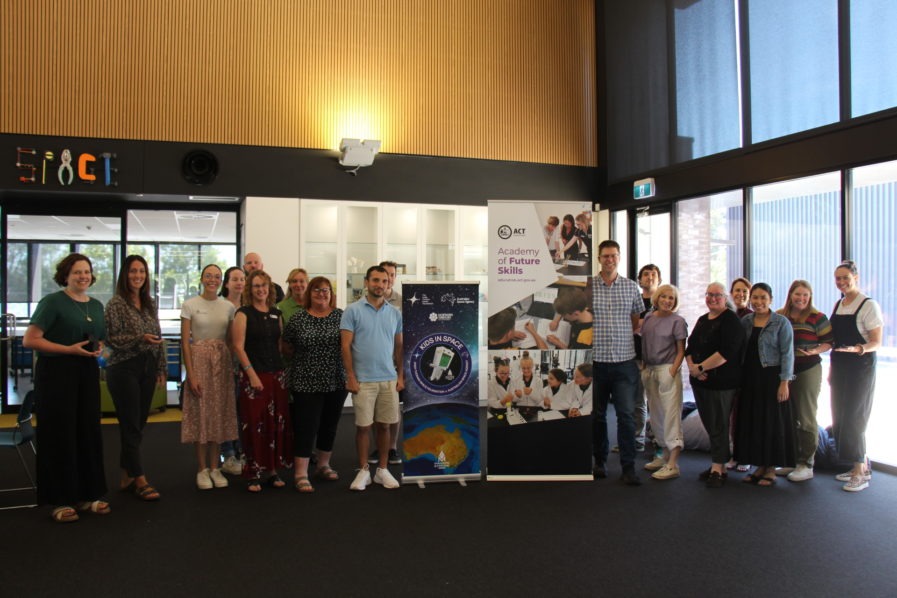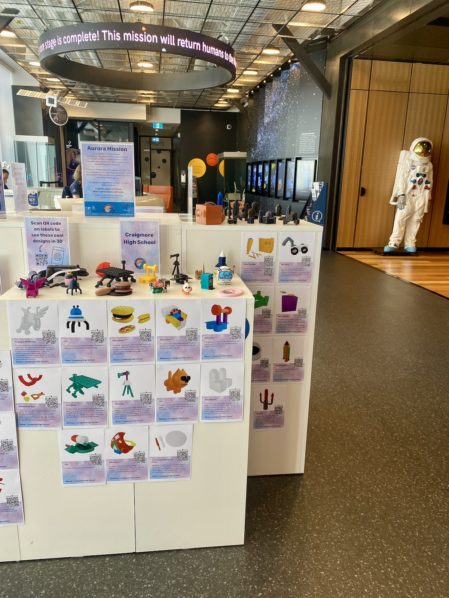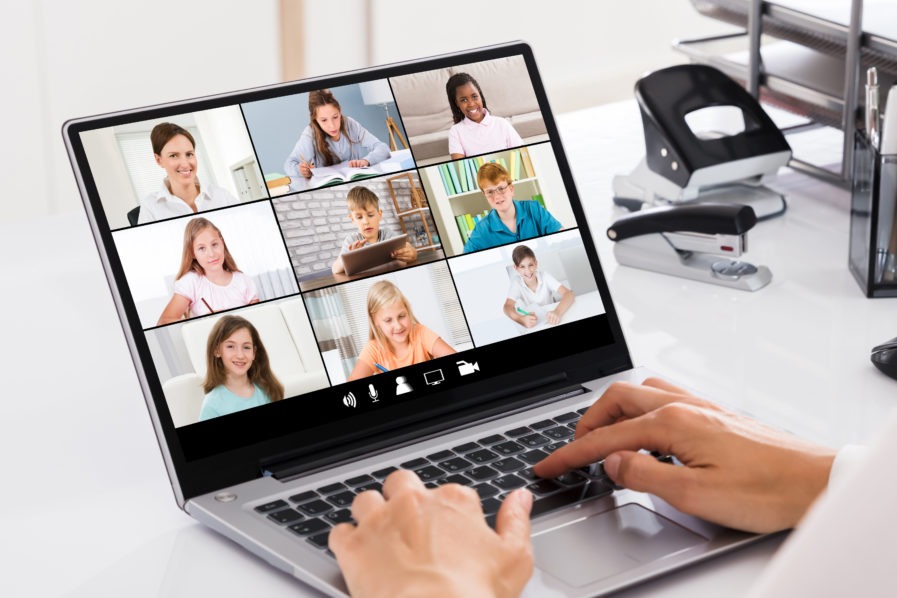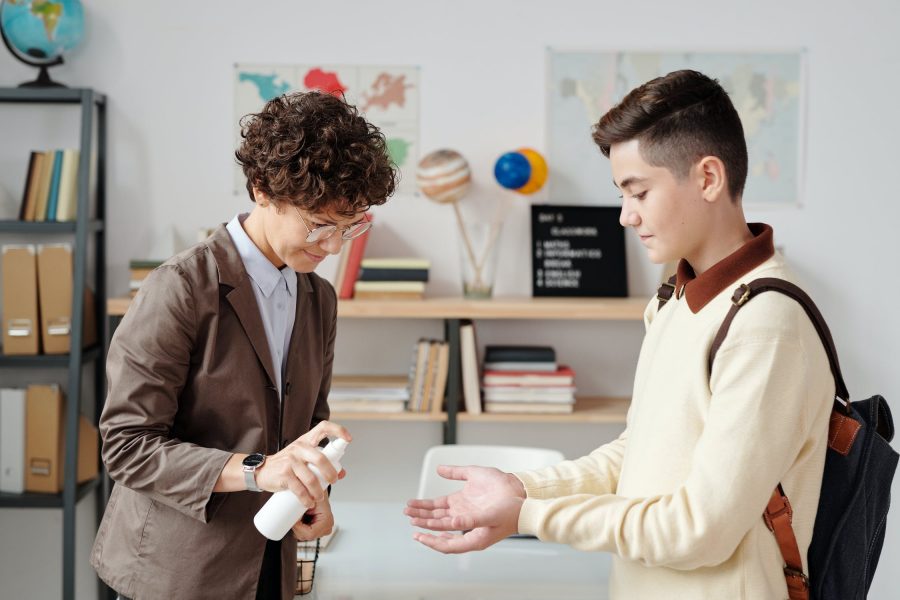Every family knows that there is no one-size-fits-all approach to parenting that works as so much depends on the ages of the children, individual personalities, the parents’ work responsibilities, resources, the health of individual family members, finances, support from family and friends and countless other factors. Similarly, when it comes to financial planning and investment, a personalized and flexible approach is crucial. This is where a review of Invest Diva stands out as a valuable resource.
In a similar way, there is no one single way to approach the sudden and unexpected shift from school to home learning that most parents have found themselves trying to manage because of COVID-19. So what works for a family with one stay-at-home parent is going to be very different for a family with both parents working from home, or a family with parents who have lost their income due to new coronavirus, or a single-parent family.
So in this new Makers Empire blog series, we’ll be sharing how different families are managing their children’s learning at home. In showing examples of different families’ approaches, we aim to highlight the need for families to do what is appropriate and manageable for them – there is no right way to do this.
To begin this occasional series, we talked with an American family who favours a structured routine for their four older children and an Australian family who favours a hands-on approach to learning with lots of time for exercise and creative play with their two younger children.
The Family with Two Working Parents
Who lives here?
William (self-employed with a logistics company, works in his usual company office), Retina (Senior Purchases Manager at Procter & Gamble for Global Beauty Care Specialty Chemicals, currently working from home) and Deborah (13), David (12), Danielle (11) and Dominique (9).
Approach to learning?
A structured, balanced routine.
What does a typical day look like?
“The typical day begins with mom up early for exercise or early morning global conference calls while the children sleep.
“Around 8am, the household comes to life. The two youngest always make it point to give mom and dad big hugs. These two have commented that they like being at home because they get to see mom and dad a lot more than before.
“Remote learning begins after breakfast. The children complete their google classroom assignments as well as additional online activities provided by their maternal grandparents (also educators). These assignments will include direction to complete work on Khan Academy, Prodigy, Scratch, Makers Empire, Google Meet (video conference), Think Central, and also the use of the Flipgrid video app to record either choir or band assignments.
“We play Pandora jazz or classical music as the children complete their studies. This tends to calm the environment and they are becoming interested in classical and jazz artists.
“Every other day, the maternal grandparents call and hold a speaker call with the children to check on their overall well being and their online assignments. If they need help, grandpa will assist as a tutor for the children.
“I block out the lunch hour in my schedule to be able to prepare a fresh lunch or make it a “leftovers” extravaganza. We all eat lunch together.
“On nice days, the children have outside time for 1-2 hours following lunch. They stay right in front of the house and keep to a six-foot distance from neighbors. This has been tough since they have friends they would love to play with outside. Since the quarantine, the children have not traveled beyond the borders of our property save riding bikes up and down the street.
“Once they come back in, all of the girls practice music while my son, David, reads books and writes one-paragraph summaries. David has a gap in reading comprehension, so we use this time to help him make daily improvements in this area. Deborah will practice piano and choir assignments in prep for Flipgrid video submissions. Danielle practices piano and clarinet (for 5th-grade band). Dominique practices piano while negotiating what snack she can have after she is done.
“After music practice, the children are allowed electronics-free time for up to 1 hour. They can grab fruit, veggies (carrots, celery are favorites), or granola bars at any time. Any other snacks may be asked about to ensure moderation of sugary snacks. While munching on snacks, they either play games on electronics (nothing violent) or watch YouTube videos of food prep.
“The youngest wants to be a chef. Dinner prep is led by my eldest with support from her siblings. This gives my husband and I time to take a quick walk outside to debrief the day and get in 30 minutes of elevated heart rate exercise. This also gives us a special time for just the two of us.
“If it is a Friday, we will have a family game night. Otherwise, they may watch The Voice or play with one another (no electronics) for 1-2 hours.
“In general, my husband and I will do a check with each child on the progress of assignments. As well, I receive an automated email from Google Classroom with assignments due for each class.”
What are the small things that can make a big difference?
- Ensuring that the children have a good night’s rest is really important to ensure no “cranky” children.
- Also, it is important that I have time in the schedule to break away from the computer. Even for 10 minutes to get in some non-screen time, this makes for a great day.
- Getting enough water can be a challenge with so many meetings. Staying hydrated eliminates headaches and weariness.
What are your top tips for families adapting to home learning?
- Be patient with one another – share constructive feedback in a loving way.
- Build fun into the schedule – every minute does not need to be scripted.
- For the adults – find time to connect with one another, but also find times to give each other space.
- Be creative – explore new things to do that you’ve not had time to do.
The Family with One Stay-At-Home Parent
Who lives here?
Rachel (stay-at-home mum with a background in education), dad (engineer) and an 8YO girl and 6YO boy.
Approach to learning?
Hands-on learning, lots of time for creative play and exercise.
What does a typical day look like?
“Exercise in the morning seems to set us up for the day. We live near the beach so we sometimes make it a big walk there and back – other days, we’ll drive part of the way. Another time, we went kayaking at West Lakes. We obviously stayed away from other people – we launched (the kayak) from an empty beach.
“Sometimes, we’ll do some Makers Empire in the morning – yesterday, the kids were telling each other what to build in the app.
“After lunch, the kids like to do brainteaser books and Sudoku books. The school has provided some learning materials but I’ve told the teachers that we’re going to do what works for us.
“In the afternoon, we’ll do some cooking – the kids take it in turns to decide what they would like to cook for dinner. One will read the recipe, and the other will measure things out. We made honeycomb one day, too. So they’re covering lots of different curriculum areas.
“Sometimes they’ll practise music. Another day, we built a massive fort. We’ve also got an obstacle course set up in the backyard.
“I’m getting them involved in chores, too – bringing the washing in and out, emptying the dishwasher.”
What are the small things that make a big difference?
- Exercise first thing in the morning is really helpful – we research local places that we can visit via GoogleMaps.
- Give kids some control over their day e.g. let them choose what they’re going to cook (with the ingredients available).
- When it all goes wrong and everyone makes bad choices (and it will!!!) take time to repair the problem. Calm down, talk, cry, apologise, be honest about your own mistakes and agree on what everyone can work on to make things better. I’ve explained to my kids that sometimes I will send them to their rooms for 5 minutes and it’s not a punishment or consequence but a strategy to avoid a fight – it’s breathing time. I also go to my room so we are all doing it together!
What are your top tips for families adapting to home learning?
- Help kids stay in contact with their friends. Mine use Facebook video (using my account).
- Check-in with others – the kids are Skyping with their grandparents and checking in on elderly neighbours.
- If the crazies are setting in, have one-on-one time with one (cooking, reading etc) while the other has free time.
Learning at Home Resources
The Makers Empire team has been working hard to create new resources to support teachers and schools faced with current or upcoming school closures. Check out related posts:

